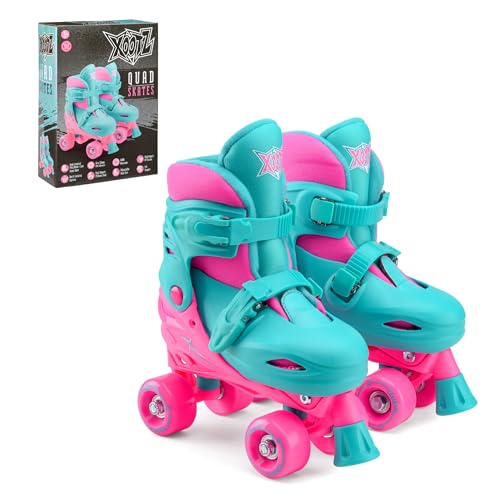1. Roller Skating Terms and Phrases Unveiled
Roller skating is a fun and exhilarating activity that has been enjoyed by people of all ages for many years. Whether you are a seasoned skater or a beginner, it’s important to understand the roller skating terms and phrases commonly used in the roller skating community. These terms not only help you communicate with other skaters but also enhance your overall skating experience. So, let’s dive into some of the most common roller skating terms and phrases!
2. Skate Forward, Glide Backward: Mastering the Basics of Roller Skating
Roller skating involves a wide range of techniques and maneuvers that require practice and coordination. Before diving into a more advanced skating routine, it’s crucial to master the basics. One of the most fundamental skills is skating forward, which involves pushing one foot back and forth to gain momentum. Another important technique is the backward glide, where you shift your weight to your heels and push off with your toes. By learning these essential moves, you’ll lay a solid foundation for skating and be able to explore more advanced tricks.
3. From Jams to Jumps: Exploring Different Roller Skating Styles
Roller skating is an incredibly versatile activity that attracts individuals with diverse interests and styles. There are several different roller skating styles that cater to these varying preferences. Jam skating, for example, is a popular style that combines dance, rhythm, and choreography on roller skates. Freestyle skating focuses on performing creative tricks and stunts, while speed skating emphasizes racing against the clock. In addition, there are roller derby and roller hockey, which involve team-oriented competitions. Explore these various styles to find the one that best suits your personality and goals.
4. The Wheels on the Skates Go Round and Round
The wheels on roller skates are an integral part of the overall skating experience. They come in various shapes, sizes, and hardness levels, each serving a different purpose. Harder wheels are suitable for smooth surfaces and provide faster speed, whereas softer wheels are more ideal for rougher terrains to absorb shocks and provide better grip. The durometer scale, which measures the hardness of the wheels from 0 to 100, helps skaters choose the right wheels based on their specific needs. Additionally, different skating styles may require different wheel configurations, such as larger wheels for speed skating and smaller, more agile wheels for artistic skating.
5. Safety First: Protective Gear and Roller Skating Etiquette
While roller skating is a fun activity, it’s important to prioritize safety and observe proper roller skating etiquette. Wearing protective gear, including a helmet, knee pads, elbow pads, and wrist guards, is essential to prevent injuries while skating. It’s also crucial to be aware of your surroundings and follow any rules or regulations at the skating rink or park. When skating in a group, maintain a safe distance from other skaters to avoid collisions. Remember, safety should always be a top priority to ensure a pleasant and injury-free roller skating experience.






